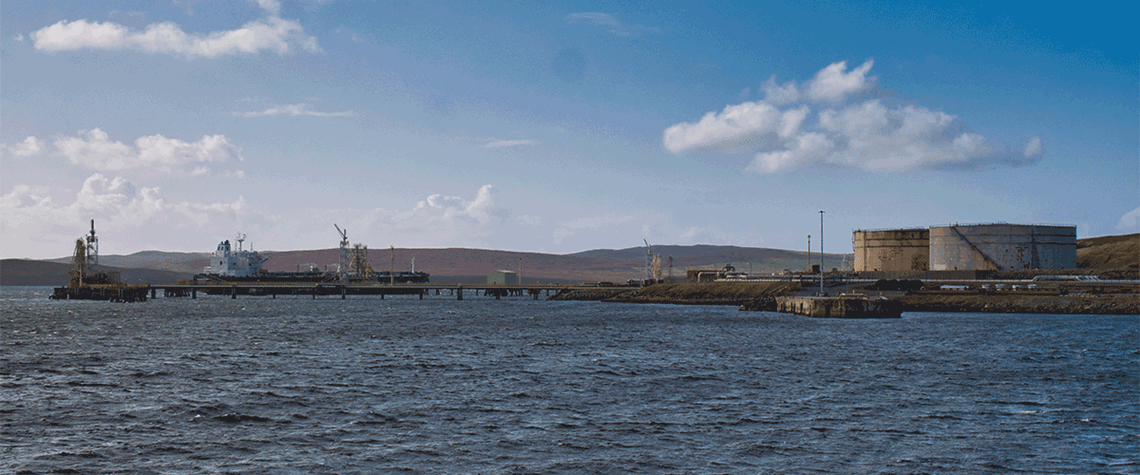Brent without Brent: The role of North Sea oil in global prices
The inclusion of WTI Midland in the Brent benchmark has boosted volumes, but with Brent blend taking a backseat, why not just use WTI as the global benchmark?
Brent blend, the mix of Brent Spar and Ninian crude oil loaded at the Sullom Voe terminal on the Shetland Islands, is slowly disappearing. The terminal is planning to load only one 700,000bl cargo in the whole of September. If it was not for the Clare crude oil that also loads at Sullom Voe, the existence of the terminal—sprawling across more than 1,000 acres—would be hard to justify. But the volume of oil available for the key global Brent benchmark has been significantly bolstered by the introduction of WTI Midland crude, which can easily deliver well over 1m b/d of into the Brent contract. As well as WTI Midland, the contract now consists of four more additional grades: Forties, Oseberg,

Also in this section
12 December 2025
The latest edition of our annual Outlook publication, titled 'The shape of energy to come: Creating unique pathways and managing shifting alliances', is available now
12 December 2025
The federal government is working with Alberta to improve the country’s access to Asian markets and reduce dependence on the US, but there are challenges to their plans
11 December 2025
The removal of the ban on oil and gas exploration and an overhaul of the system sends all the right messages for energy security, affordability and sustainability
10 December 2025
The economic and environmental cost of the seven-year exploration ban will be felt long after its removal








